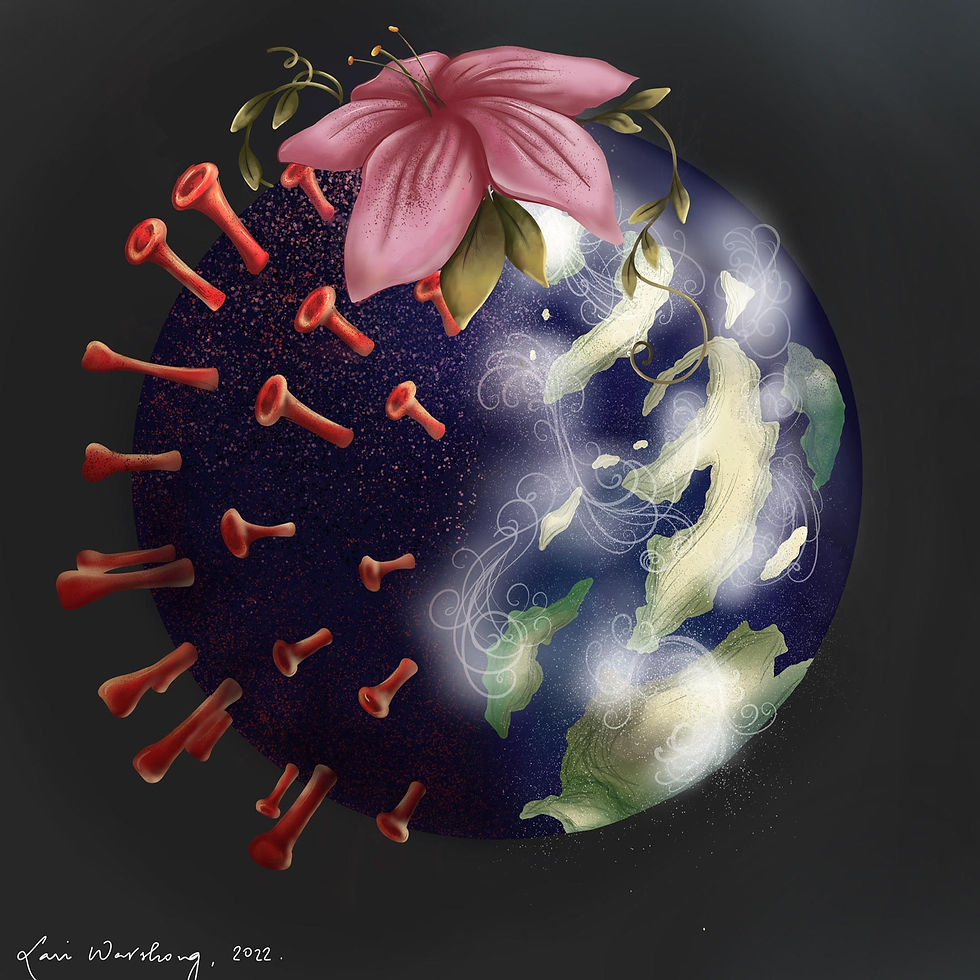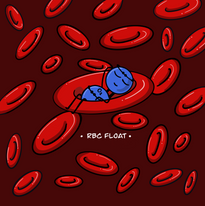

The Cells We Know

Art speaks

This piece is based off of the Nobel Prize winners Blumberg and Gajdusek’s work on their discoveries concerning new mechanisms for the origin and dissemination of infectious diseases

This piece is part of a series of illustrations centered around prominent Nobel-awarded research. In 2014, John O'Keefe, May-Britt Moser and Edvard I. Moser were jointly awarded the Nobel Prize in Physiology for their discoveries of cells that constitute a positioning system in the brain. Grid cells form a map of the local environment, firing hexagonally in order to help rats track where they are in space.

This piece illustrates Allvar Gullstrand's work on the dioptrics of the eye that won him the Nobel Prize in Physiology and Medicine in 1911. Through his work, he answered important questions relating to optical image formation within the human eye and incorporated into the general laws that govern the formation of optical images.

Inspired by the 2017 Nobel Prize in Physiology, this piece represents the discoveries made in the realm of circadian rhythms. The contribution of the Drosophila genome to the field has been greatly significant, its PERIOD and TIMELESS genes lending greatly to the discovery of an endogenous circadian clock.

This piece depicts the two sides of a dark time, and our slow but steady journey towards a healed world.

This piece illustrates the need of the hour to overcome the current COVID-19 pandemic through vaccination. We as a community can only fight this together if we play our part in developing immunity against the virus.

























